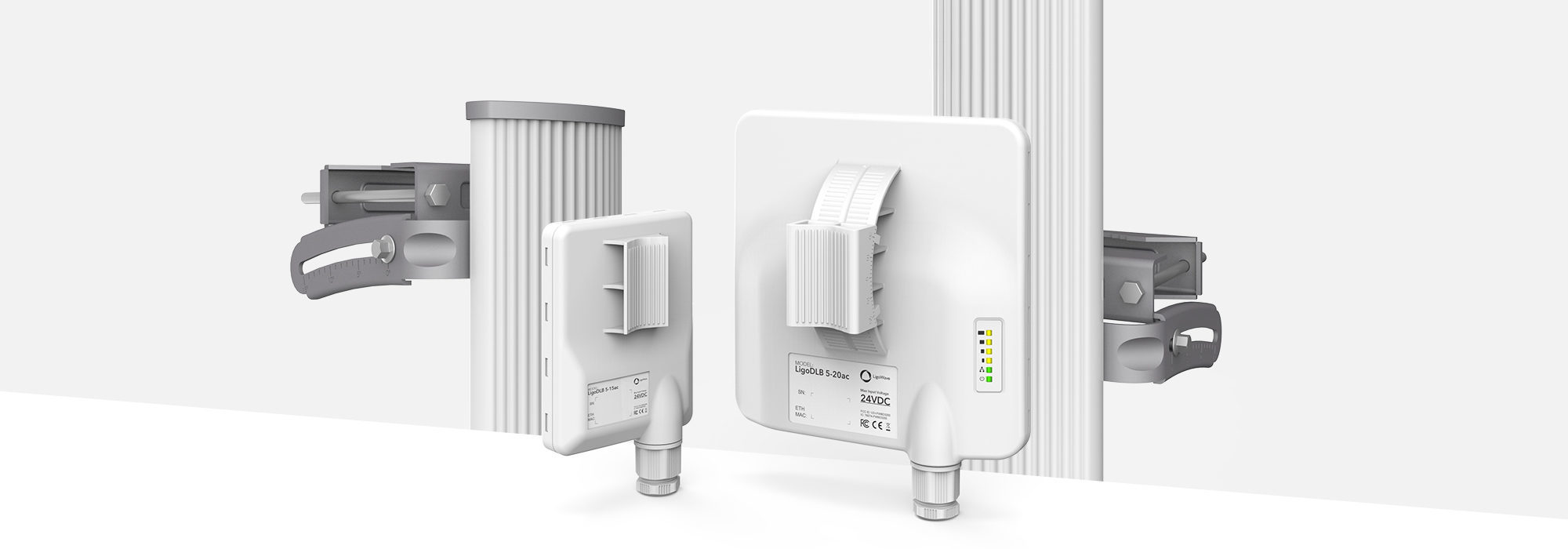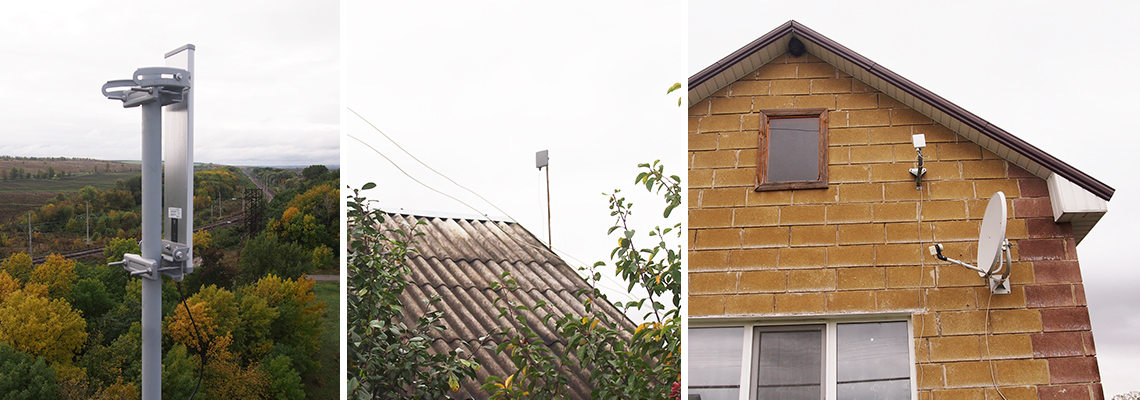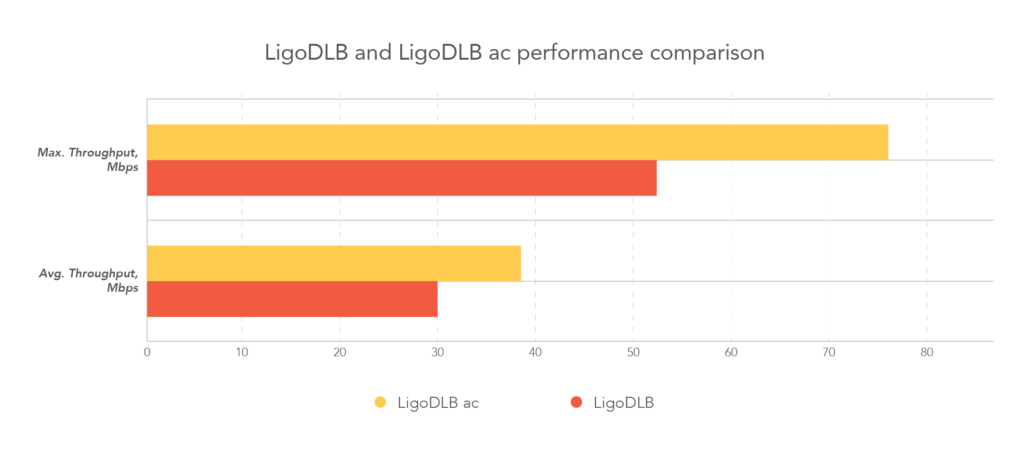Wireless Internet service provider Linkfor, operating in Belgogrod region, is one of the first WISPs in Russia who started using LigoWave point-to-multipoint products in their network on a large scale. Linkfor has over 4000 commercial clients in total and 1255 of those clients are connected using LigoWave devices.
Newly released LigoDLB ac devices are a great opportunity for any WISP to upgrade their network with latest technologies based products increasing the capacity on their current network and expanding their services portfolio by adding additional revenue sources like VoIP services. LigoDLB ac products distinguish not only with the outstanding performance but is a great choice for an area, which is congested and with low noise-free spectrum availability. The selected base station (LigoDLB PRO 5 -90 – 17 ac) has a metal enclosure that works as a deflector eliminating interference and rejecting noise when different wireless equipment is co-located on a single tower.
The network was set up with 60 client devices connected to LigoDLB PRO 5 – 90 – 17 ac base-station. The base station comes with an integrated 17 dBi dual-polarized 90° sector antenna. The CPEs used for this network were LigoDLB 5 – 15 ac and LigoDLB 5 – 20 ac. All devices were operating in iPoll 3 mode. Initially, new equipment was deployed only for testing purposes, howerer now it has transformed to the network providing commercial services.
The real TCP throughput was between 60 Mbps and 70 Mbps with all 60 CPEs connected. Linkfor offers the 4 Mbps plan for their customers.
Stats:
- Mode: Access point (iPoll 3)
- Channel width: 20 MHz
- Number of connected CPEs: 60 (LigoDLB 5 – 15 ac and LigoDLB 5 – 20 ac)
- CPE distances: 0.3 – 3 km
- Customer service: Internet access

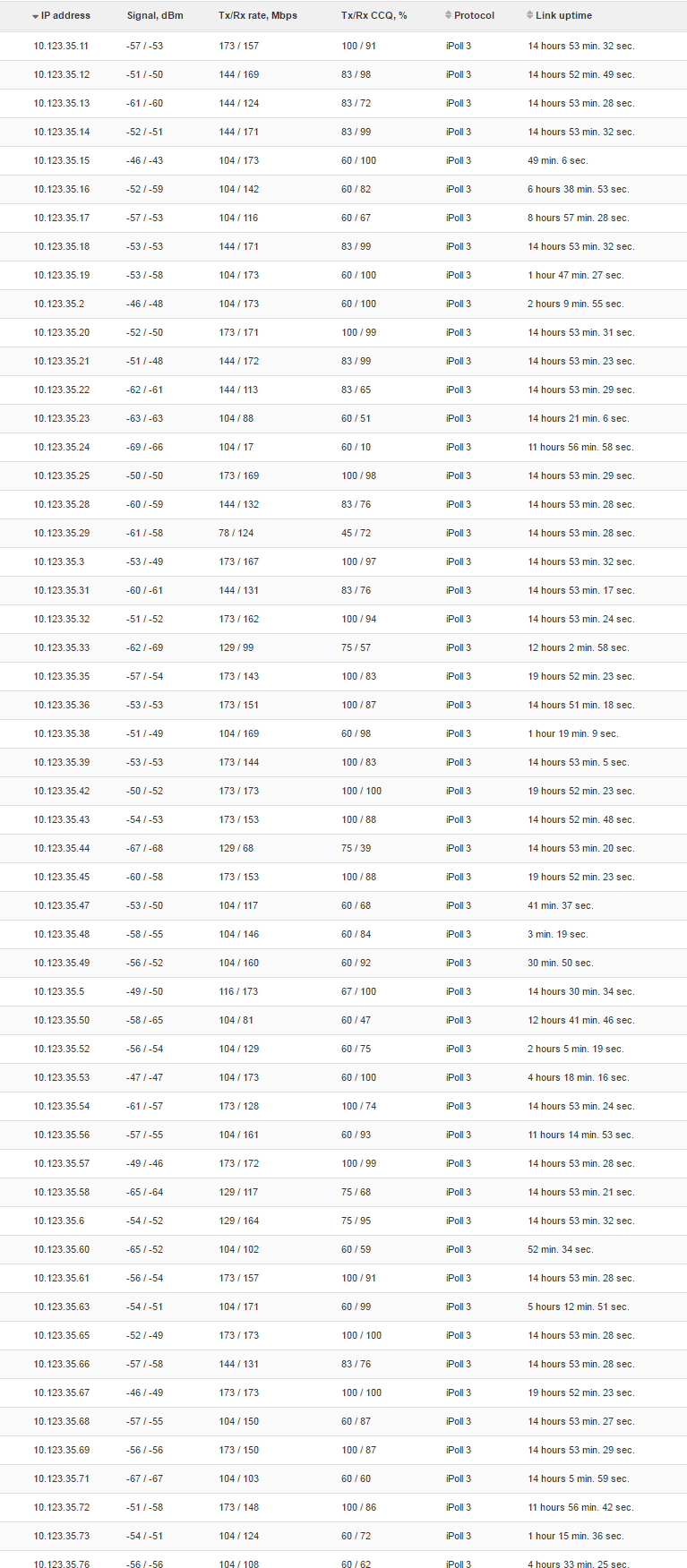
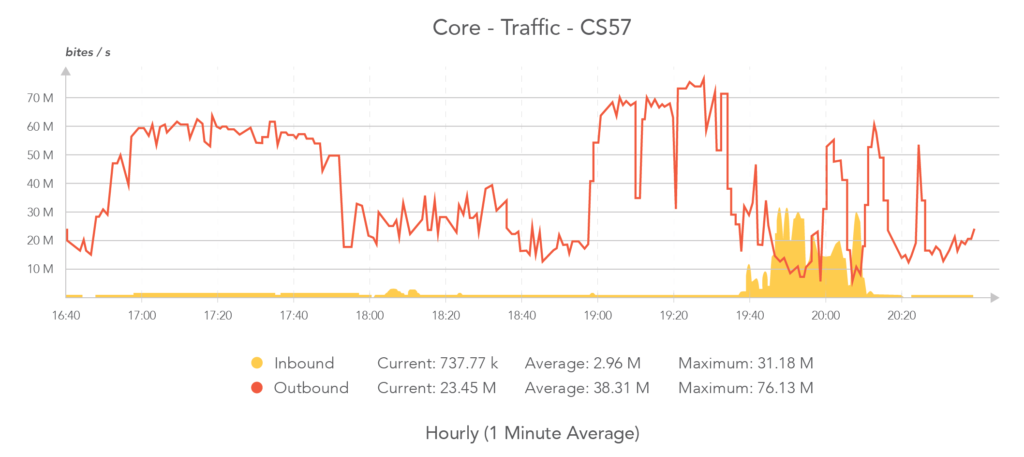
The graph above shows throughput of real wireless network containing 60 client devices. The graph was taken during the evening period when network activity is at its peak. The average throughput in the evening is around 38 Mbps and maximum throughput reaches up to 76 Mbps. It is important to mention that devices are operating on a 20 MHz channel width.
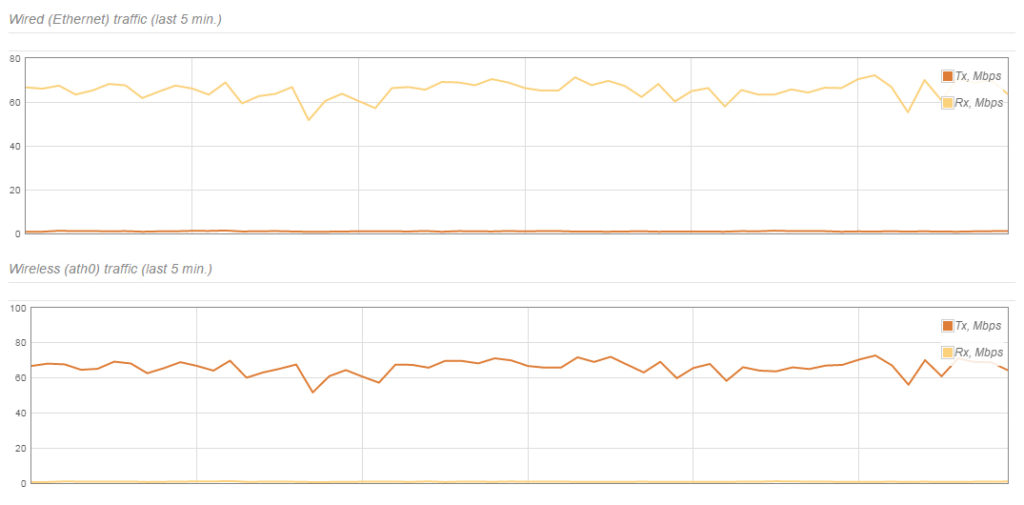
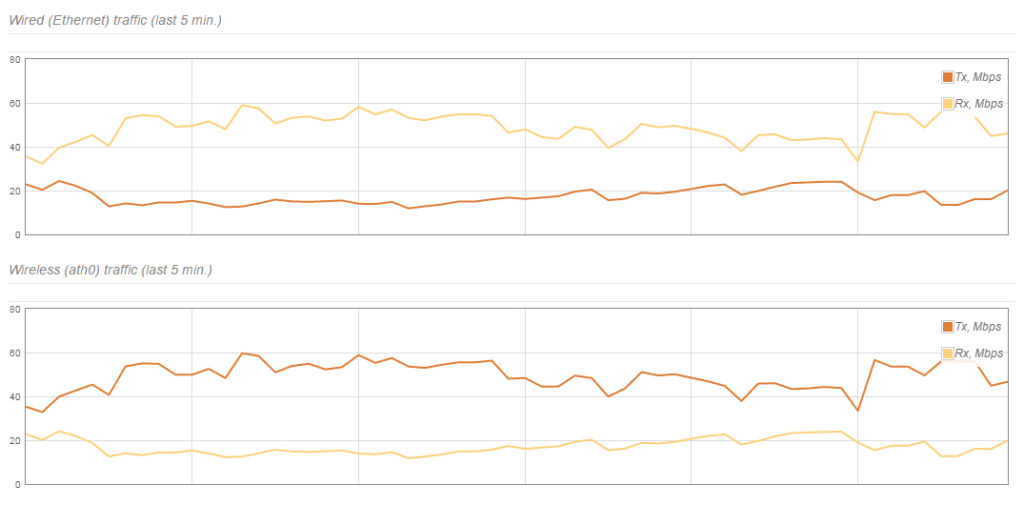
The performance test has show that new generation last-mile wireless equipment provides about 30% higher performance comparing to it predecessor and it is an ideal upgrade solution for 11N technology based networks. The max capacity of base-station can go up to 500 Mbps, which allows delivering fast and reliable internet connectivity at a very competitive price. The graph below illustrates performance comparison information.
